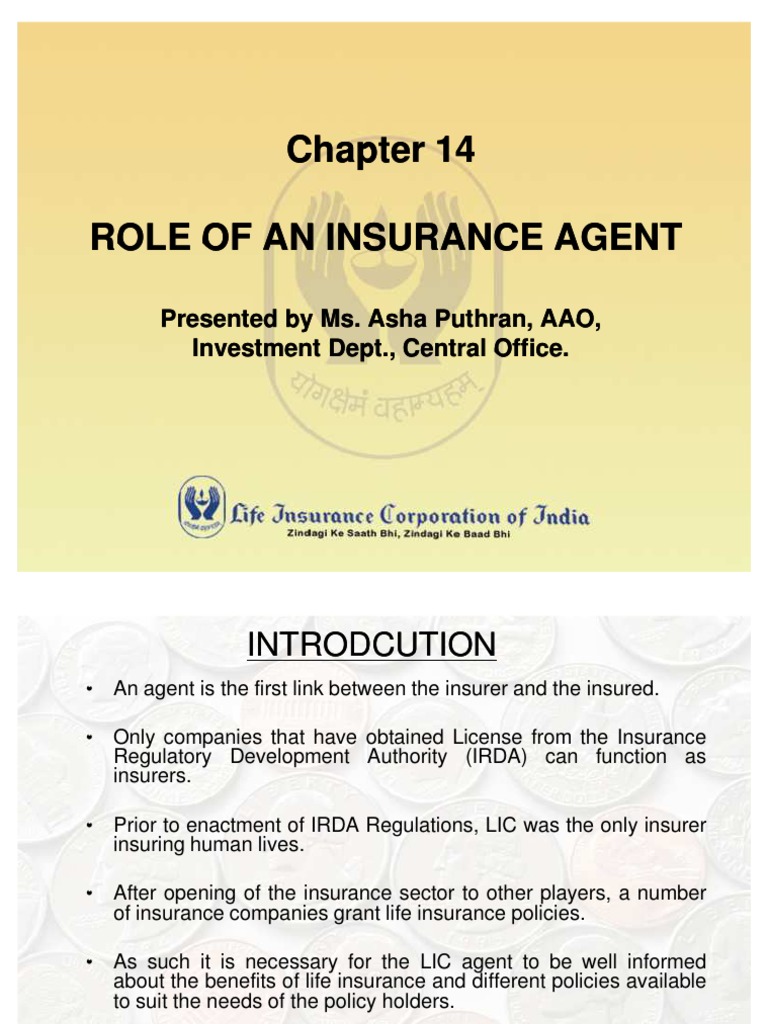Unknown Facts About Pacific Prime
Unknown Facts About Pacific Prime
Blog Article
Some Ideas on Pacific Prime You Should Know
Table of ContentsFacts About Pacific Prime Uncovered5 Simple Techniques For Pacific PrimeWhat Does Pacific Prime Do?The Basic Principles Of Pacific Prime The Best Guide To Pacific Prime

This is since the data were collected for a period of solid economic efficiency. Of the approximated 42 million people that were uninsured, all yet about 420,000 (concerning 1 percent) were under 65 years of age, the age at which most Americans come to be eligible for Medicare; 32 million were adults in between ages 18 and 65, about 19 percent of all adults in this age team; and 10 million were children under 18 years old, about 13.9 percent of all kids (Mills, 2000).
These estimates of the number of individuals uninsured are created from the annual March Supplement to the Existing Population Survey (CPS), conducted by the Demographics Bureau. Unless otherwise noted, nationwide estimates of individuals without health and wellness insurance and percentages of the population with different kinds of coverage are based upon the CPS, the most commonly made use of resource of quotes of insurance policy protection and uninsurance rates.
Things about Pacific Prime

Still, the CPS is especially helpful since it creates yearly quotes fairly swiftly, reporting the previous year's insurance policy protection estimates each September, and since it is the basis for a regular collection of quotes for greater than twenty years, enabling evaluation of trends in protection over time. For these reasons, as well as the comprehensive use the CPS in various other research studies of insurance protection that are offered in this report, we rely on CPS price quotes, with limitations noted.

The price quote of the number of without insurance people expands when a populace's insurance policy status is tracked for numerous years. Over a three-year period starting early in 1993, 72 million people, 29 percent of the united state populace, were without protection for at the very least one month. Within a solitary year (1994 ), 53 million individuals experienced at least a month without coverage (Bennefield, 1998a)
6 out of every 10 uninsured adults are themselves used. Although functioning does enhance the possibility that one and one's household participants will have insurance, it is not a warranty. Even members of family members with 2 full-time breadwinner have nearly a one-in-ten chance of being without insurance (9.1 percent without insurance rate) (Hoffman and Pohl, 2000).
Pacific Prime for Beginners
New immigrants account for a significant proportion of people without medical insurance. One analysis has actually attributed a considerable portion of the current growth in the size of the united state without insurance population to immigrants who showed up in the nation in between 1994 and 1998 (Camarota and Edwards, 2000). Current immigrants (those who concerned the USA within the previous 4 years) do have a high price of being uninsured (46 percent), but they and their kids represent simply 6 percent of those without insurance coverage across the country (Holahan et al., 2001).
The relationship between medical insurance and accessibility to care is well developed, as recorded later on in this phase. The partnership between health and wellness insurance policy and wellness outcomes is neither direct nor basic, a substantial scientific and health and wellness services research literature web links health and wellness insurance coverage to better accessibility to care, much better quality, and boosted individual and population health standing.
Levels of evaluation for taking a look at the effects of uninsurance. It concentrates especially on those without any type of wellness insurance for any size of time.
The Only Guide to Pacific Prime
The issues encountered by the underinsured are in some areas comparable to those dealt with by the uninsured, although they are usually much less severe. Health and wellness insurance policy, nevertheless, is neither needed neither adequate to gain access to clinical services. The independent and straight impact of health insurance policy coverage on access to wellness services is well developed.
Others will get the wellness care they require even without medical insurance, by paying for it expense or seeking it from providers that provide treatment complimentary or at highly subsidized prices. For still others, health and wellness insurance alone does not ensure invoice of treatment as a result of other nonfinancial barriers, such as an absence of health Visit This Link and wellness care suppliers in their community, restricted access to transport, illiteracy, or linguistic and social differences.
Not known Incorrect Statements About Pacific Prime
Official research study about without insurance populations in the USA dates to the late 1920s and early 1930s when the Committee on the Price of Medical Treatment generated a series of reports concerning financing physician office sees and hospitalizations. This issue became prominent as the varieties of medically indigent climbed up throughout the Great Clinical depression.
Report this page